With a land area that’s nearly two-and-a-half times the size of Texas, and an astonishing 32 ecologically distinct regions within, Alaska defies any attempt at simple description. From its level tundra to the north that seems to unfurl toward infinity, to its nearly 17-million-acre coastal temperate rainforest, where a verdant old-growth forest pulses with life in Tongass National Forest—there is truly nowhere else on earth like Alaska.
Spanning 663,000 square miles of awe-inspiring wilderness across five distinct regions—the Arctic, Inside Passage, Interior, Southcentral and Southwest—the 49th state provides visitors with an abundance of ground to cover. And that’s true in more than just a geographical sense. Beyond the state’s extraordinary breadth of natural wonders, including wildlife, unique natural phenomena like the northern lights, and limitless outdoor adventures that beckon to travelers year-round, it is also home to a distinctive culture of Alaska Native people who have inhabited these lands since time immemorial. For more than 10,000 years, Alaska Native people have preserved their traditions, passing their cultural heritage down from generation to generation and in the process, influencing everything in Alaska’s way of life.
Alaska is a destination so infused with natural splendor, culinary explorations, and cultural charms that it would be impossible to experience it all in one trip. And whether it’s your first visit or a favorite repeat destination, one thing is certain: Alaska will capture your heart, and you’ll want to return again and again. Read on to explore eight unforgettable ways to experience all Alaska has to offer.
Outdoor Recreation
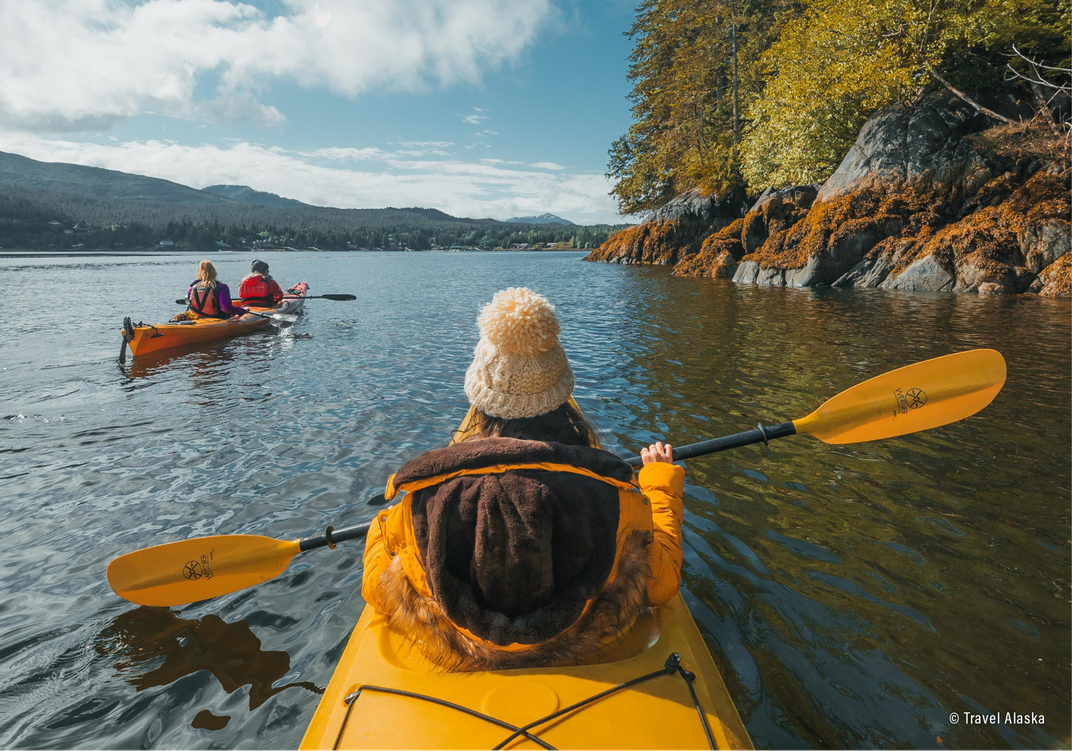
Alaska possesses three primary mountain groups—the Alaska Range, the Aleutian Range, and the Brooks Range—along with North America’s tallest peak at Denali, an eye-popping 20,310 feet at its summit. There’s no shortage of soaring mountains and seemingly endless valleys and forests to explore throughout the immense state. It’s no surprise that hiking is a favorite draw among outdoor enthusiasts, bringing many of the state’s most stunning sights (along with diverse wildlife, from moose and bears to eagles and other avian life) into close focus. From singletrack forest trails and towering ridgeline routes to decidedly milder paved nature paths, there are trails for every skill level.
More adventurous hikers may opt to camp along their routes, and Alaska offers a wide range of guided backpacking and camping excursions that allow you to focus on backcountry vistas over route selection and gear packing. Some outfitters even offer kayaking, skiing and snowboarding add-ons to expand your hike beyond the beaten path.
Another favorite way to experience the Alaska backcountry is by bike, an activity that brings longer routes into easy reach—even in the winter season, fat tire bikes (fat bikes for short) enable cycle exploration during the state’s snowy months. And for the serious outdoor adventurer, the glacier trekking and backcountry expeditions available in Alaska are truly unmatched.
Glaciers
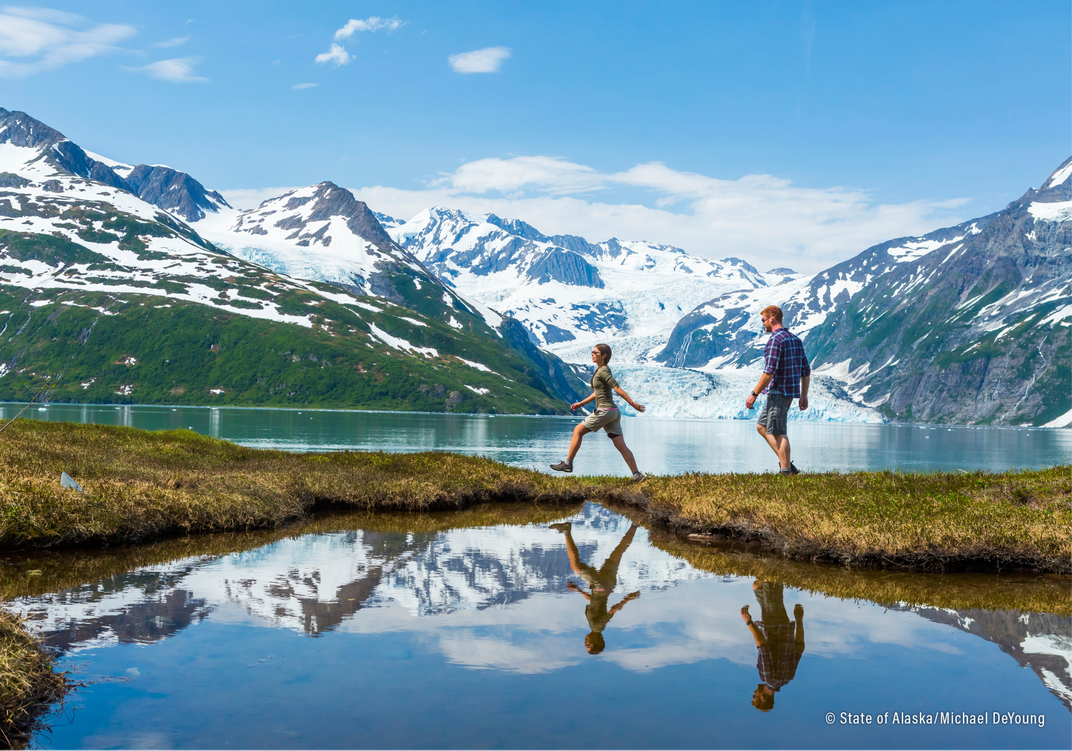
Alaska' s landscape holds nearly 100,000 glaciers, and in fact, 5 percent of the state is fully covered by ice year round. It’s no wonder that the high mountains of the Alaska Interior, Inside Passage, and Southcentral region afford a variety of glacier activities and explorations for all skill levels throughout the year.
A full quarter of Alaska’s total glaciers—amounting to more than 4.5 million acres—are found within the boundaries of its spectacular national parks. Those national parks together comprise much of the expansive 322 million acres of total public lands in this state. With eight national parks, including Denali National Park and Preserve, Kenai Fjords National Park, Glacier Bay National Park and Preserve, and Katmai National Park and Preserve, Alaska accounts for nearly 60 percent of all national park lands in the entire United States.
Despite the year-round ice cover in various parts of the state, many regions in Alaska are still surprisingly accessible by land, air, and water thanks to a variety of tour and transportation options that open up the glacial cover and rugged backcountry to exploration. From rafting and kayaking through glacial pools, to helicopter and small plane flyovers of glacier peaks and moraines, there are plenty of guided day tours and multi-day expeditions that will provide up-close, unexpected encounters of these massive and ancient natural formations. There are even ATV and four-wheeler tour options, along with daring zipline adventures that give a high-speed bird’s eye view of the state, particularly in Southcentral and the Inside Passage.
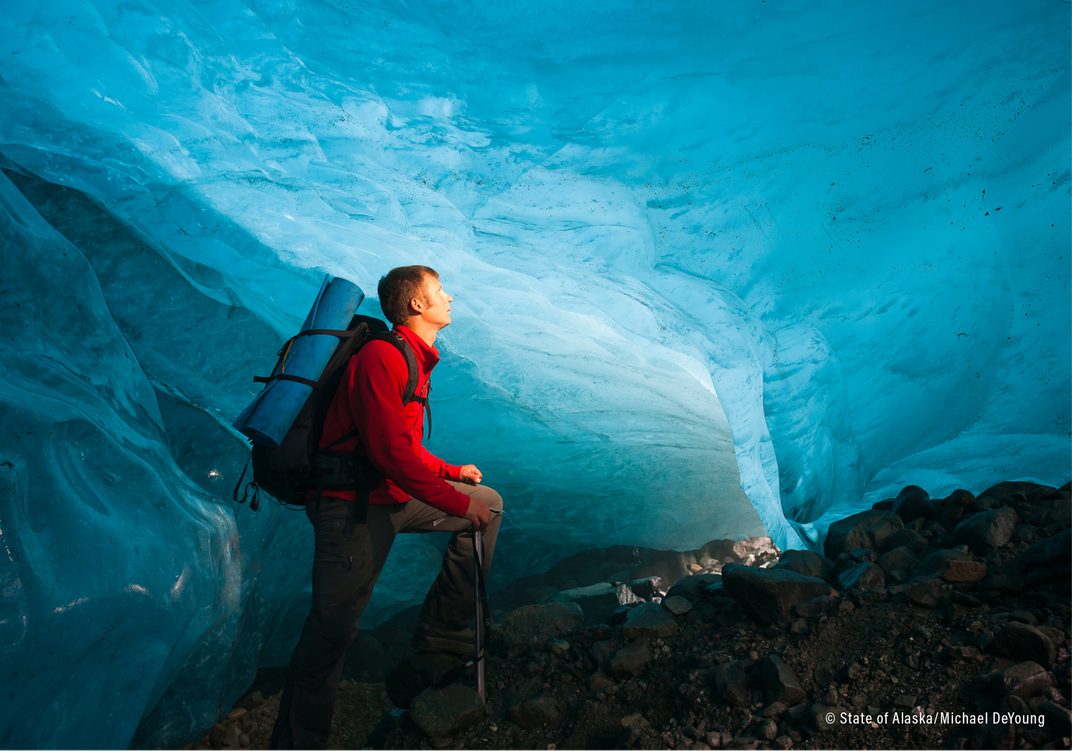
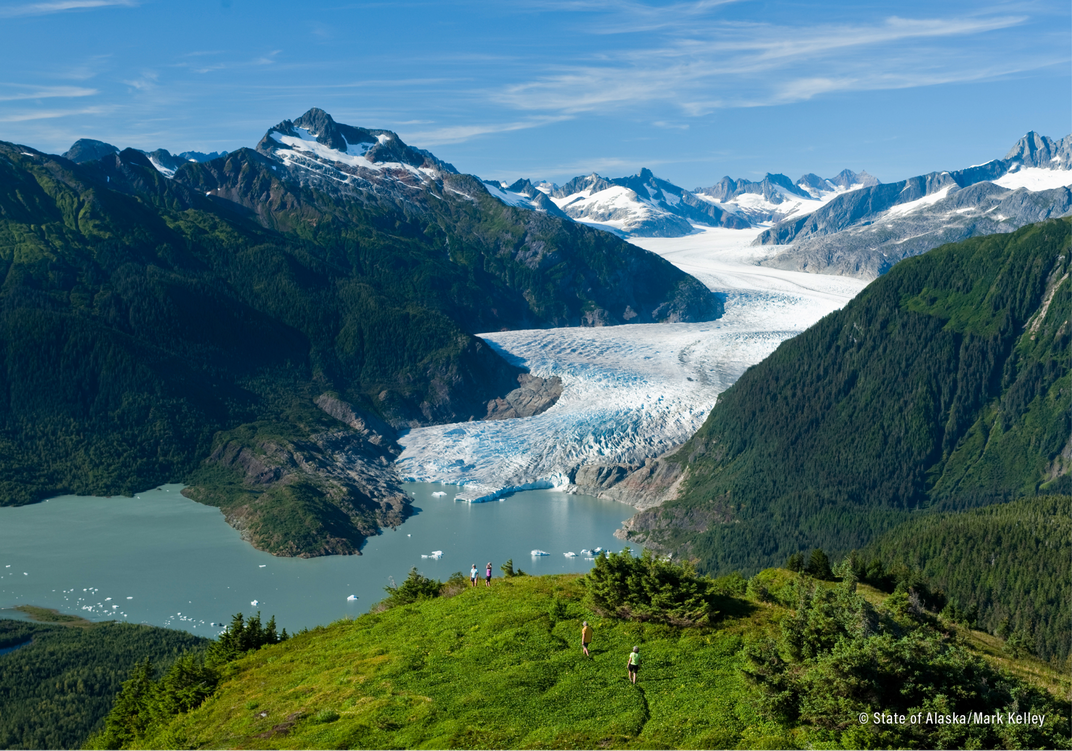
Among the many ways to explore Alaska’s glacial coverage, the Gates of the Arctic National Park is not to be missed. Widely regarded as one of the finest wilderness areas across the globe, the park straddles the Arctic Divide in the northernmost Brooks Range and spans over 13,000 square miles of terrain north of the Arctic Circle. With a natural wilderness that’s roughly the size of Switzerland, there’s no easy way to enter Gates of the Arctic, as there are no roads or trails leading in or out. Visitors must arrive by plane or by lengthy hike, and careful planning is a must before entering. But the park’s remoteness is also its appeal, boasting untold outdoor adventures for those who dare to approach its raw and unrelenting beauty.
Wildlife
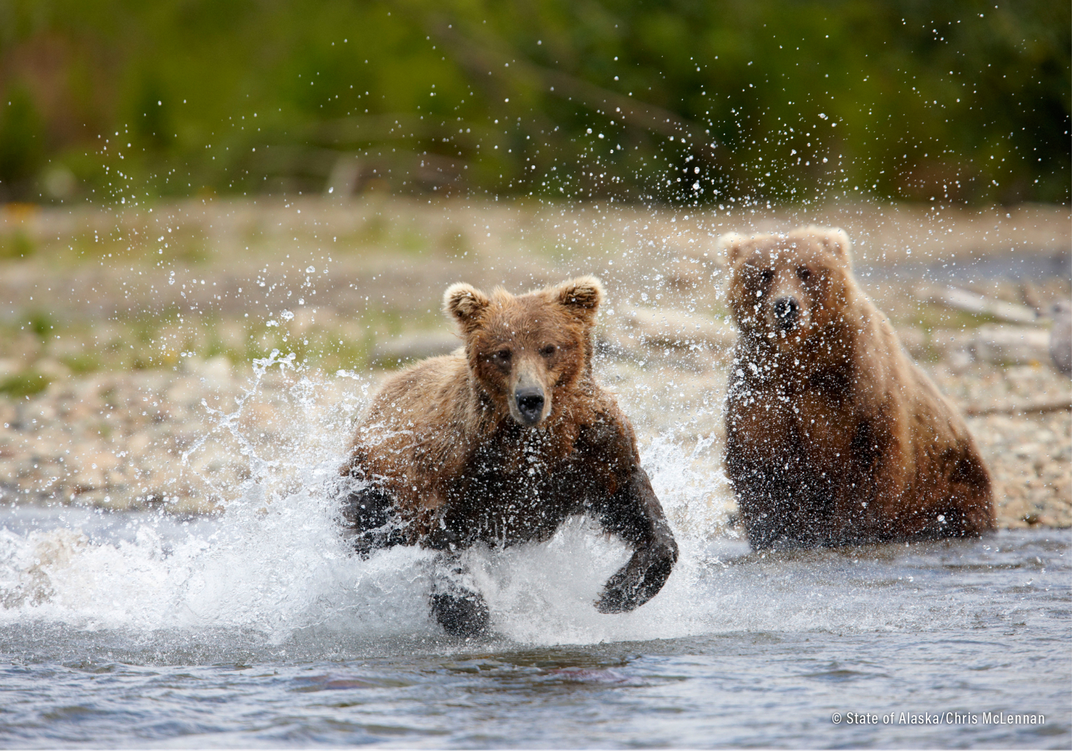
For many, the mere mention of the word Alaska conjures images of majestic wildlife in action—from bears perched strategically in fast-flowing rivers and snacking on wild salmon as they run against the current, to pods of whales breaching off the frigid natural coastline. There’s merit to these visions, as Alaska’s abundant biodiversity makes it among the most unique places to spot wildlife anywhere in the world. And when it comes to planning your trip, there’s no one region that outshines the others; wildlife can be found everywhere in the state, from moose and caribou to puffins, eagles and sandhill cranes.
While you’re likely to encounter any number of wild species while in Alaska, the best way to view them up close (and safely) is via a specialized wildlife tour. There’s an excellent chance you’ll spot a bear—or two, or several—throughout the course of your itinerary. But a bear viewing tour can give you the best chance of spotting them safely in their natural habitats, unhindered by human influences. The Inside Passage, Southcentral, Southwest and Interior are some of the best places to experience a day or half-day tour, and many depart regularly from bases in Anchorage, Kodiak, Juneau and Homer.
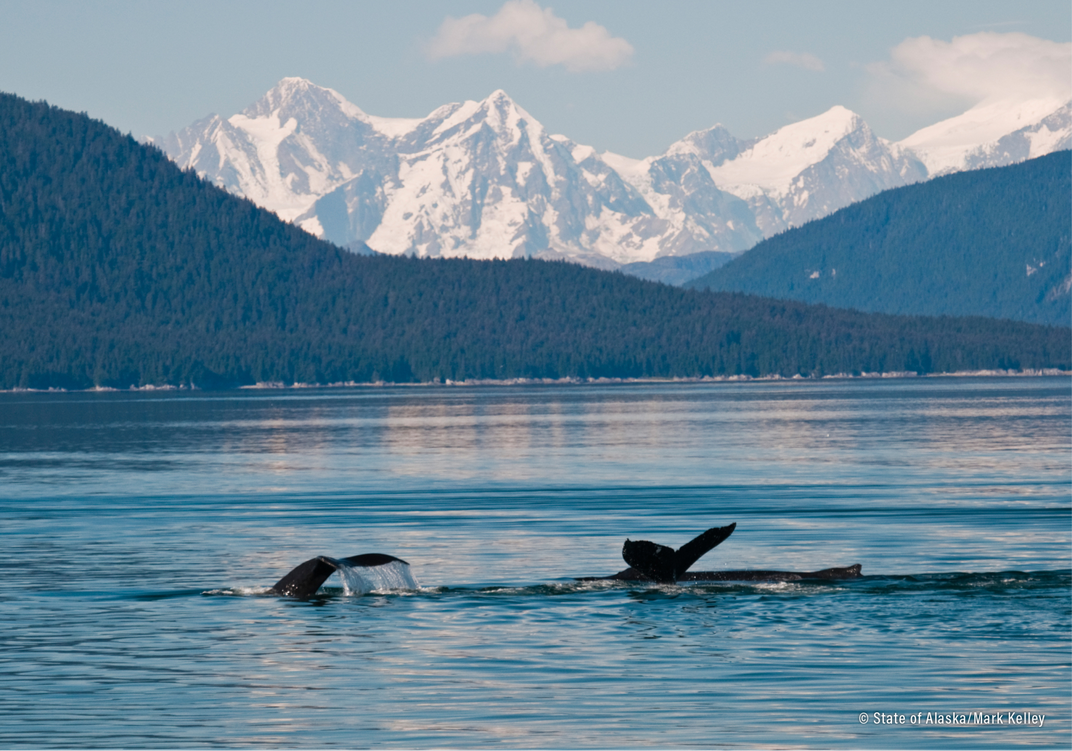
Beyond land, Alaska is well known for its whale watching opportunities, considered one of the most breathtaking and postcard-worthy experiences one can have in nature—anywhere. From the Southcentral and Inside Passage regions, visitors can join a comfortable day or half-day cruise through the state’s waters in search of these gentle giants as they go about their seasonal migrations, with most tours starting in the spring months of March through May and extending through September or October.
Alaska contains a diverse array of avian life, and a birding tour is an excellent way to spot any number of the state’s 500 native species. For those who wish to view “the big five” land-dwelling wildlife—bear, moose, caribou, wolf, and Dall sheep—a varied wildlife excursion can be the best way to see an array of species in their natural habitats. And while Alaska is already rife with incredible flora and fauna, its zoos, aquariums, and conservation centers are an integral part of the ecosystem today, contributing to important research and wildlife rehabilitation that support to current and future preservation efforts.
Northern Lights
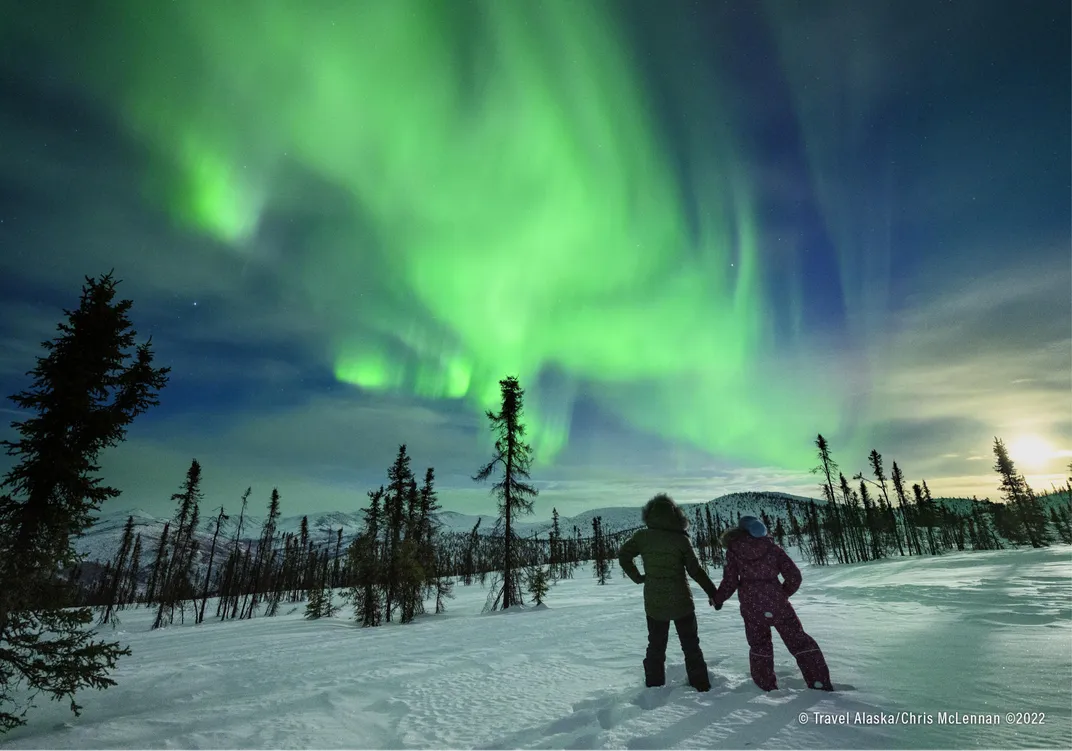
It’s no secret that Alaska is one of the best places on earth to spot the capricious aurora borealis, known familiarly as the northern lights. Scientifically speaking, these highly sought-after ethereal bands of light are really a confluence of particles and gas that collide and create energy in the form of light pulses. All of this occurs 60 to 70 miles above the earth’s surface, throwing a dazzling display of yellows, greens and blues (and occasionally even reds and purples) to those lucky enough to view it from locations near the earth’s poles.
Many visitors stay in cities and outposts like Fairbanks during their visits, but to see the northern lights in full splendor, it’s important to get away from the light pollution in populated cities. The outskirts of town are best for viewing the aurora, which are most visible in the Arctic and Interior regions of the state.
The best time to spot the northern lights is between August and April, away from the “midnight sun” that brings round-the-clock light in the summer months each year. For peak viewing conditions, try remote outposts like Coldfoot, Wiseman, Utqiagvik (Barrow), and Prudhoe Bay/Deadhorse. Guided excursions from a variety of cities and locations can take the guesswork out of planning and help you view the spellbinding, flickering aurora in all its glory.
Alaska Native Culture
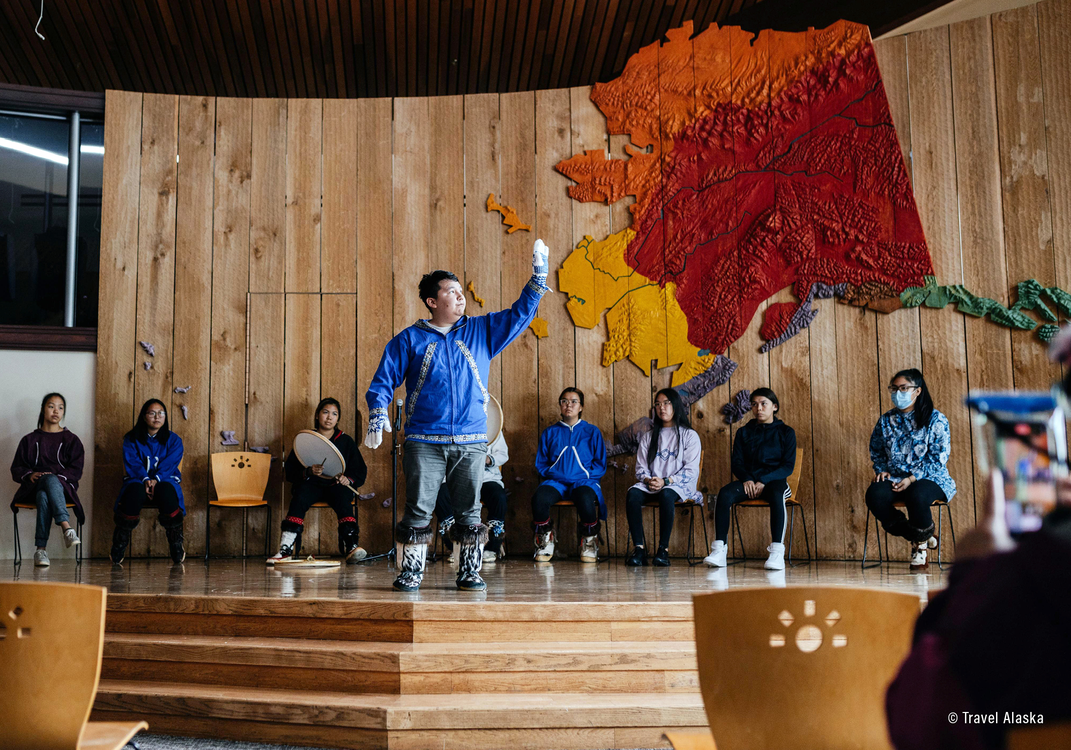
For many who visit, experiencing Alaska Native culture is a high priority. Since time immemorial, Alaska Native people have both inhabited and stewarded the land here, preserving their distinct traditions, languages, and cultures in the process. While their history dates back centuries, Alaska Native culture continues to actively influence the way of life across the state, from the names of rivers and mountains to art and architecture, even the cultural fabric of its cities. Some 15 percent of Alaska’s 730,000 residents are Alaska Native people, with over 20 distinct cultures and 300 different dialects.
While there are 229 federally recognized tribes across the state, there are largely five groups of Alaska Native peoples identified by region: the Iñupiat and St. Lawrence Island Yupik in the Arctic; the Athabascan in Southcentral and Interior Alaska; the Yup’ik and Cup’ik, and the Unangax̂ and Sugpiaq (Alutiiq) in Southwest Alaska; and the Eyak, Haida, Tsimshian, and Tlingit in the Inside Passage.
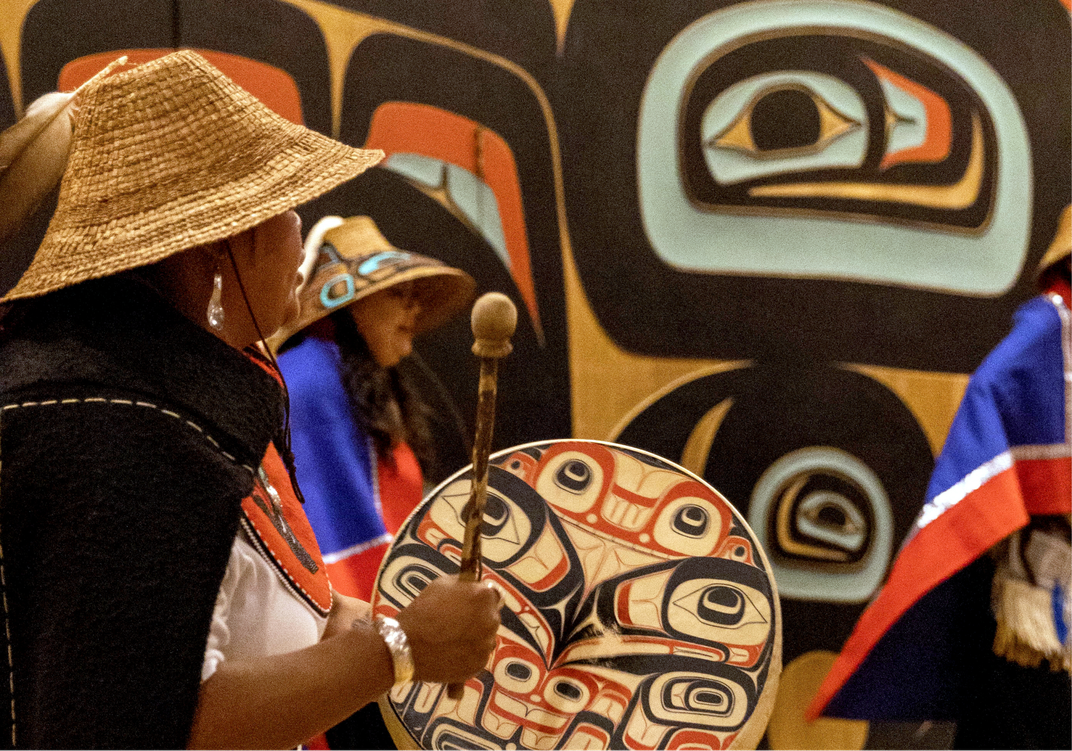
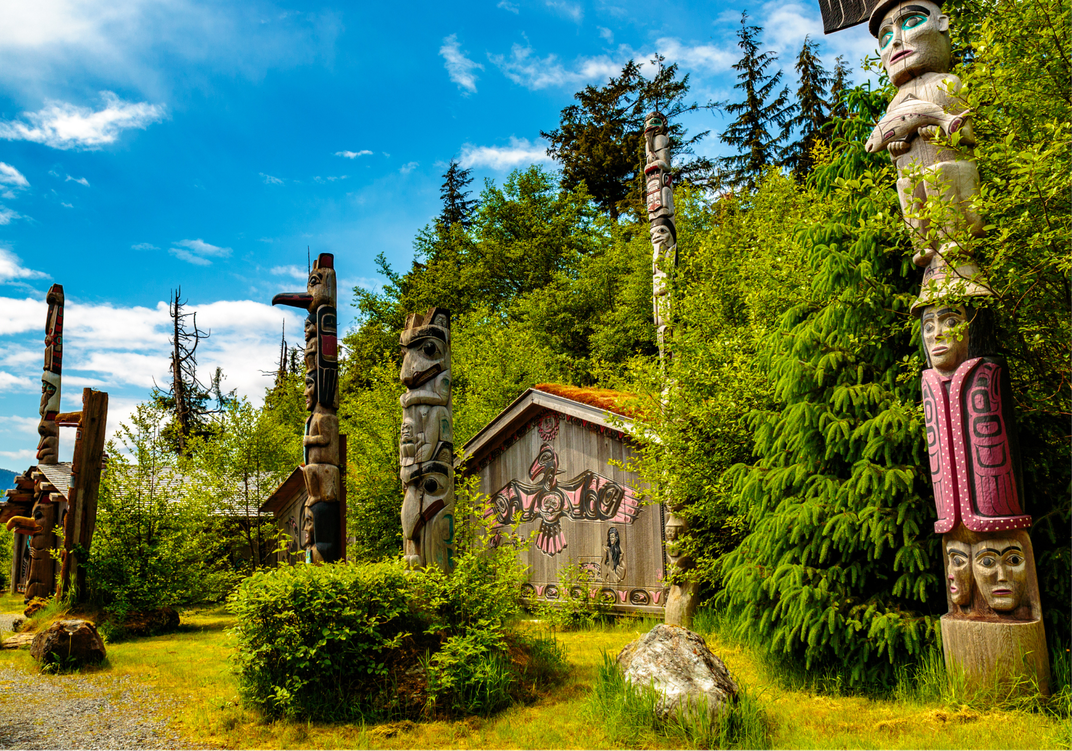
Perhaps the best way to learn Alaska Native history and culture is firsthand; cultural centers, museums, tours and a variety of festivals throughout the year provide opportunities for visitors to experience many arts and traditions that endure to this day—from music and dance, to weaving, basketry and beadwork, even crafts ranging from sewing and carving to silversmithing. At the 26-acre Alaska Native Heritage Center in Anchorage, visitors can explore the past and present of eleven of the state’s Alaska Native cultures through interactive displays, exhibits, and authentic houses.
Today, many Alaska Native people still practice traditional means of subsistence, including hunting and fishing lifestyles and techniques first utilized by generations past. And, while each tribe has thousands of years of stories to tell, their cultures are not only found in museums and cultural centers—rather, they remain dynamic parts of the community, with Alaska Native-owned tours and operators providing unique, immersive experiences and a better understanding of today’s modern Alaska Native culture.
Culinary
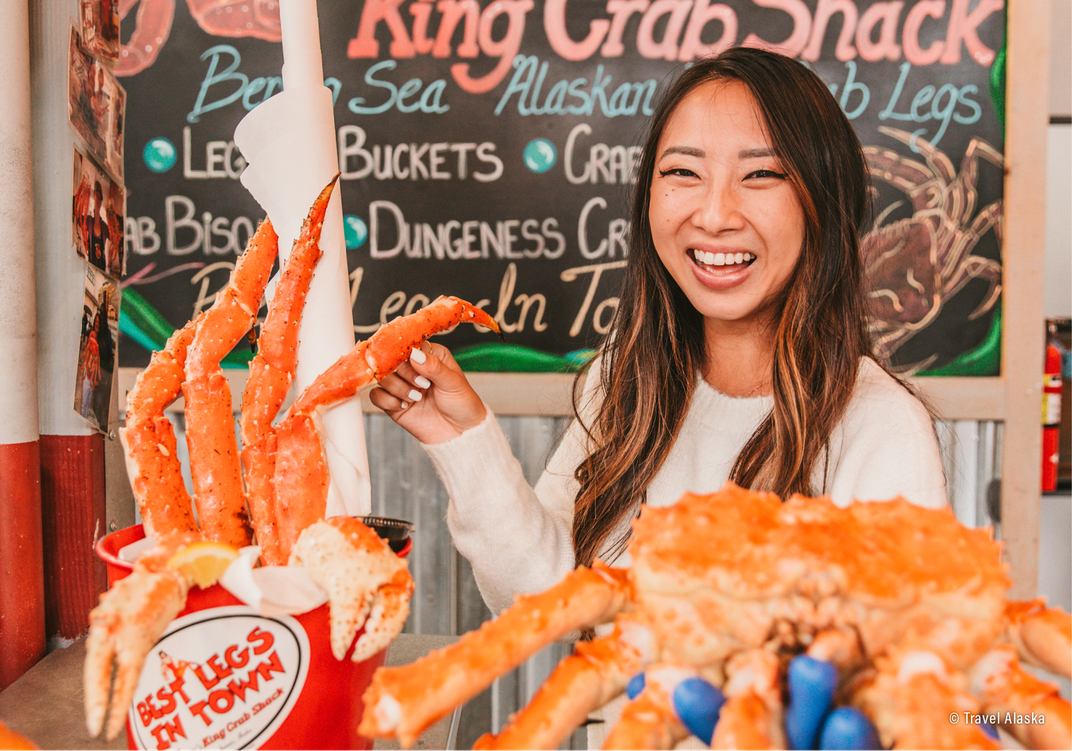
Seafood lovers, take heart: Alaska is a celebrated destination for enjoying a day’s fresh catch. But there’s more to Alaska cuisine than its fresh salmon, halibut, cod and other seafood. Alaska possesses a surprising variety of vegetables and game, like caribou or reindeer—both local favorites.
Alaska’s culinary scene traces its roots back to many sources, from Alaska Native cultures and Russian explorers, to pioneers during the Klondike Gold Rush and even Scandinavian immigrants over the years. Its influences are many, but the best way to experience it is to taste it firsthand—join in a forage for seasonal berries or mushrooms, or dine on locally sourced produce, fish and game at markets and restaurants across the state. Sample delicacies like wild-caught Alaska salmon and king crab, moose and elk, then wash it all down with a local beer or home-distilled cocktail. Alaska is currently ranked eighth in the nation for breweries per capita, and it has world-class spirits distilleries to match. Residents make their own mead and even wine from locally sourced ingredients, and there’s no shortage of inventive recipes and flavors here.
Sightseeing
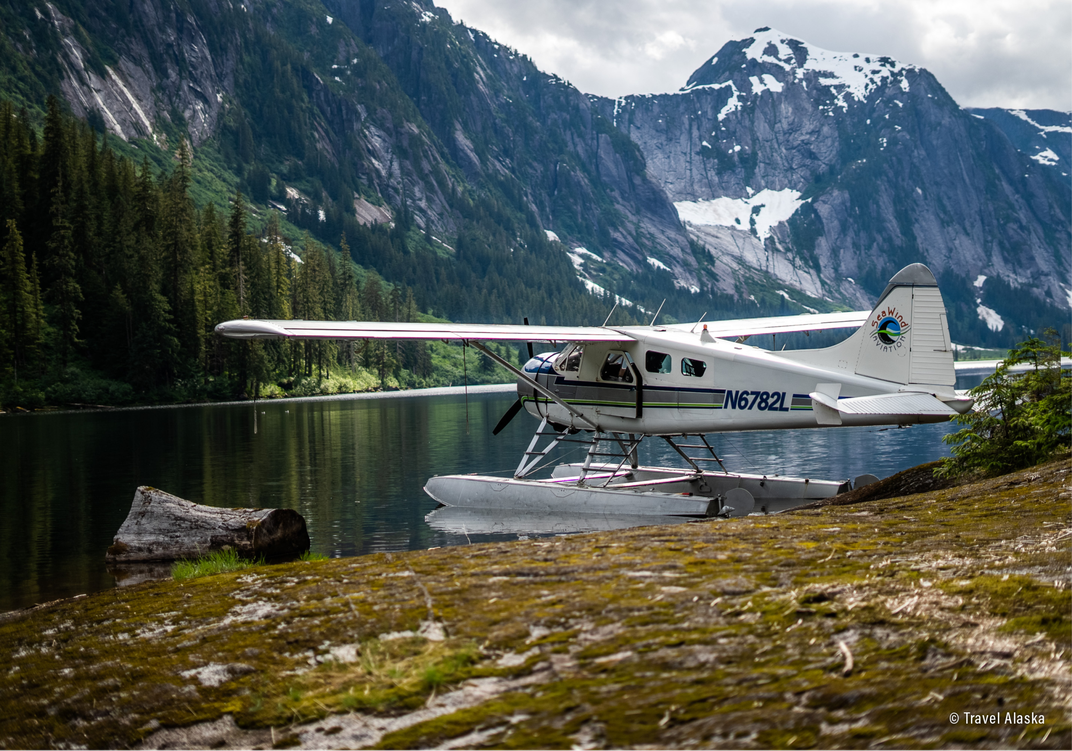
From its towering mountain ranges and soaring peaks, to luxuriant forests and spectacular coastlines that are teeming with life, in Alaska, it’s not a question of whether to sightsee—but rather, where to go and what to view within the time constraints of your trip.
The best way to narrow it down is by contacting a sightseeing group to determine the top things on your list, whether they be flightseeing & helicopter tours—undoubtedly the best way to take in the full scope of Alaska’s grandeur—or smaller and more focused excursions, such as photography tours and railroad day trips. Alaska is simply so vast, so varied, and so widely dispersed in its sights and scenic attractions that the sky is the limit on what to see.
Seasonal
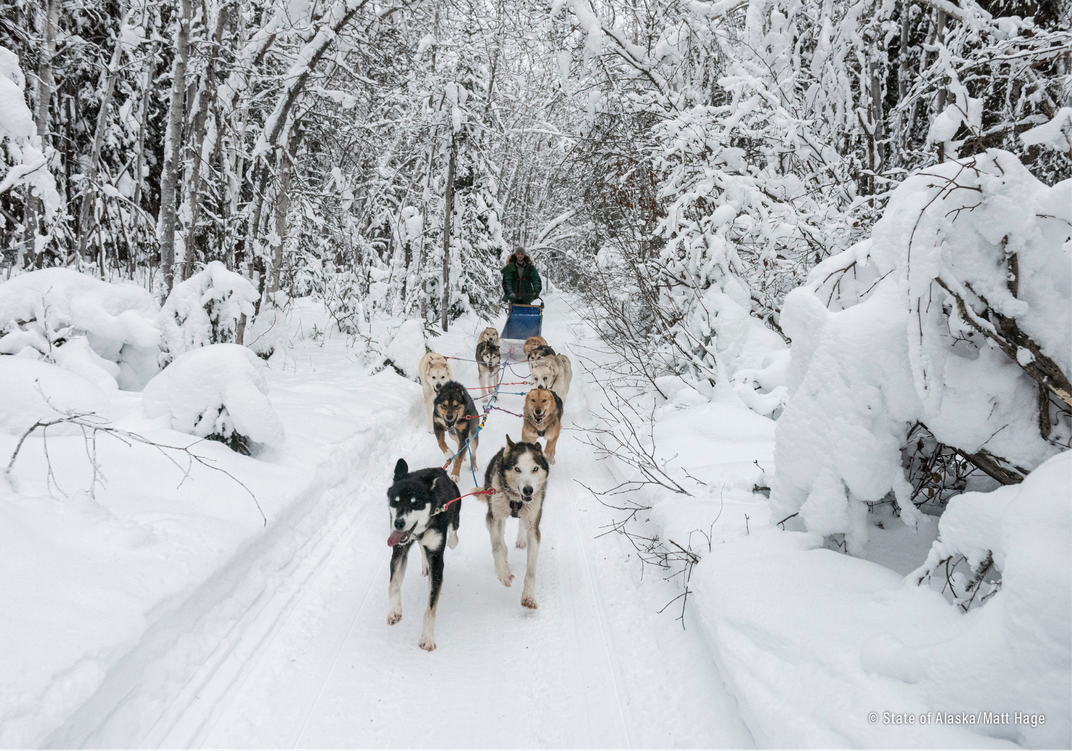
Some may mistakenly believe that Alaska is only suitable to visit during the warmer summer months. But in truth, there’s a wide range of winter activities across the state that prove the contrary. In fact, when you consider Alaska’s magical, snow-capped backcountry, and array of heart-pounding outdoor adventures by day—from cross country skiing to snowshoeing and more—there’s more than enough activity to keep you warm in even the coldest months. And by night, the aurora truly shines in the winter, appearing brighter and more regularly to bathe the sky in supernatural light. Those who brave the cold are most likely to be rewarded with its dancing beauty.
Alternatively, the summer brings warm afternoons and up to 22 hours of sunlight—ideal weather for endless outdoor adventures, along with unique festivals you won’t find anywhere else. There truly is no wrong time to visit Alaska and experience its abundant natural wonders.
Whether you dream of climbing the highest mountains, catching a glimpse of the northern light’s mesmerizing hues, or learning about the traditions, language and culture of Alaska Native people, you’re sure to discover a connection with the state’s transformative natural beauty and culture. Alaska calls to the adventurer in us all; start planning your escape and see all Alaska has to offer for yourself.
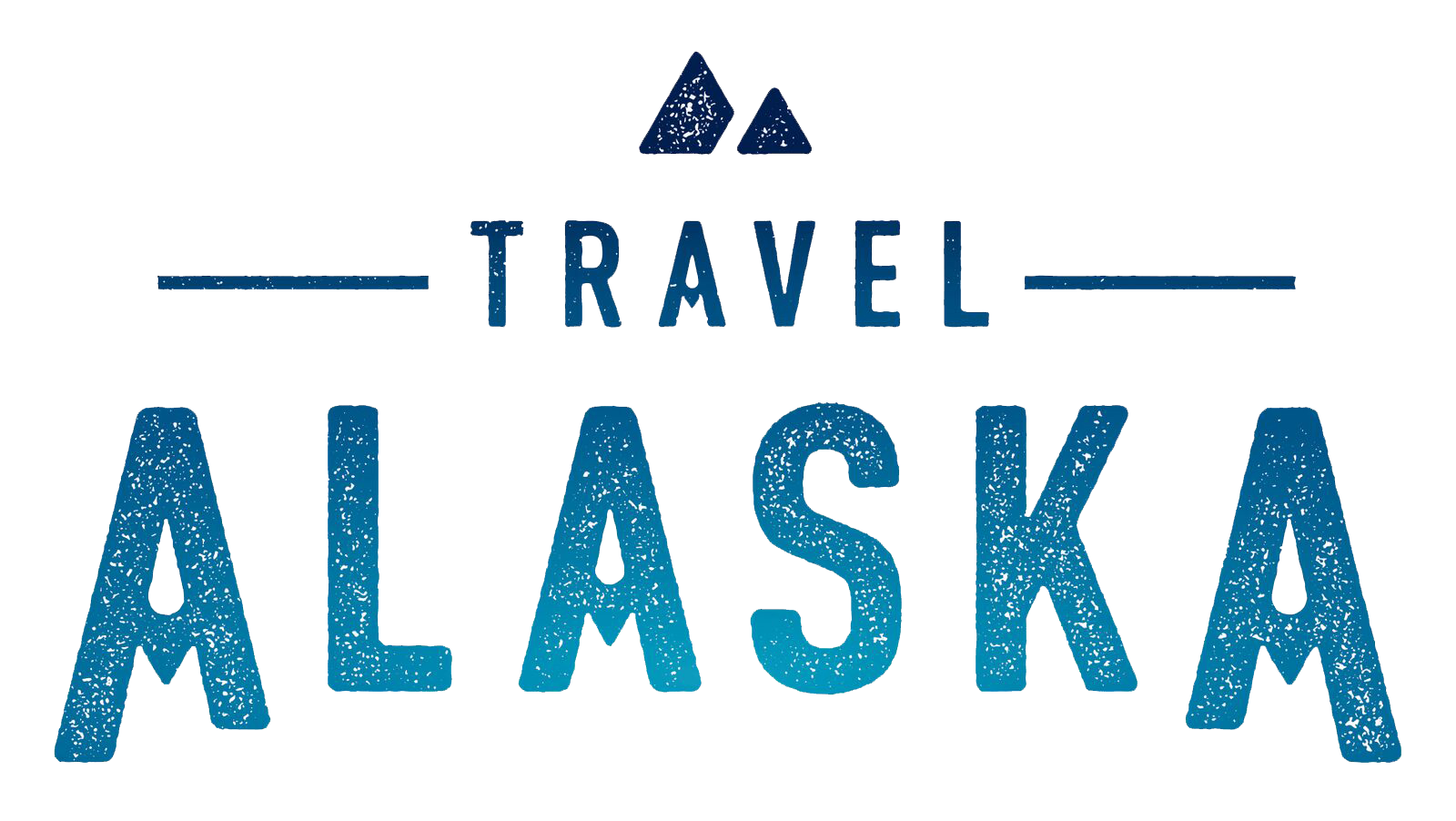

/https://tf-cmsv2-smithsonianmag-media.s3.amazonaws.com/filer_public/ad/fe/adfebfe3-4f08-4984-bd0b-c42ed65614dc/ak_smithsonian_edit_hub_0_hero2.jpg)